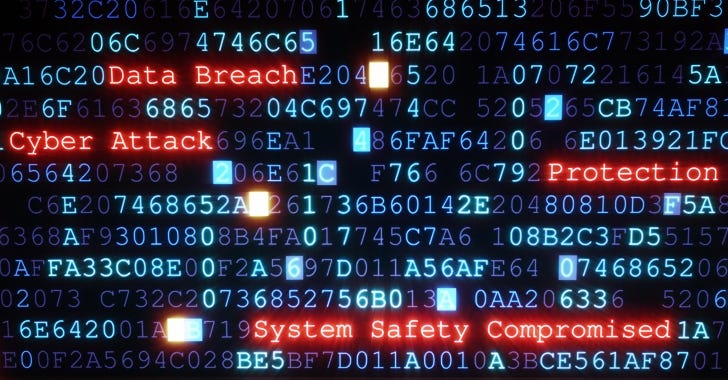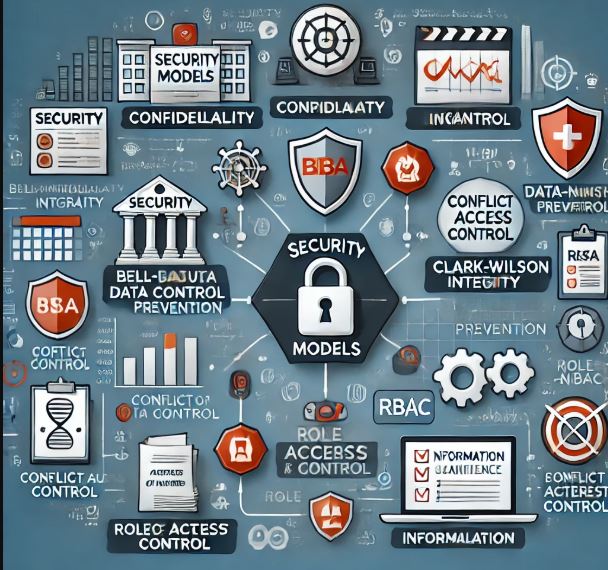Change management plays a crucial role in improving security by providing structured processes to manage, monitor, and mitigate risks associated with changes in an organization’s IT systems. Here’s how it contributes to better security:
1. Controlled and Planned Changes
- Change management ensures that all changes are planned, documented, and reviewed. This means that security risks are assessed before any change is implemented, reducing the chances of introducing vulnerabilities.
- Uncontrolled changes often lead to security gaps or conflicts in security configurations, which can be avoided through a formal change management process.
2. Risk Assessment and Impact Analysis
- Each proposed change undergoes a thorough risk assessment and impact analysis. This allows the organization to identify potential security threats that could arise from a new update, patch, or system modification.
- By identifying risks beforehand, the organization can implement additional controls or roll back changes if necessary.
3. Improved Communication and Coordination
- Change management improves coordination between departments, such as IT, security, and business operations. When changes are communicated clearly, the security team can stay informed about modifications to systems or software that may affect security.
- This coordination ensures that security measures are always updated in line with system changes.
4. Testing and Validation
- Changes are often tested in a controlled environment before being deployed to production. During testing, security vulnerabilities can be identified and mitigated before the changes go live.
- This testing phase is essential for catching any unintended security flaws or compatibility issues with existing security infrastructure.
5. Auditability and Traceability
- With proper change management processes, every change is logged, tracked, and auditable. This means that, in case of a security incident, there is a clear record of what changes were made, by whom, and when.
- Traceability aids in quick identification of the root cause of security breaches, helping to prevent future incidents.
6. Consistency and Compliance
- Change management helps maintain consistency in the way systems are updated and maintained. By following standardized processes, security policies and compliance requirements are adhered to more easily.
- This consistency also ensures that security configurations and best practices are always implemented across systems.
7. Proactive Vulnerability Management
- As part of change management, patch management and software updates are often integrated into the process. Security patches are applied in a controlled, timely manner, reducing the likelihood of known vulnerabilities being exploited.
- By managing changes proactively, rather than reactively, the organization can stay ahead of potential threats.
8. Reduced Human Error
- Change management minimizes the chances of mistakes caused by human error when making changes to systems. Security breaches often result from misconfigured systems, forgotten security settings, or improper deployments.
- A well-defined process ensures that all necessary checks are in place to prevent such errors.
9. Post-Implementation Reviews
- After changes are made, post-implementation reviews are conducted to verify that security measures were effective and no new risks were introduced. This feedback loop helps in refining future changes and improving security processes over time.
10. Disaster Recovery and Rollback Plans
- A change management process includes planning for disaster recovery in case something goes wrong. If a change compromises security, a rollback or mitigation plan can be executed quickly to restore secure operations.
In summary, a structured and formal change management process reduces the likelihood of introducing security vulnerabilities, ensures that all changes are thoroughly assessed for potential risks, and provides a safety net to react to incidents in a controlled way. This leads to a more secure IT environment and better protection of organizational assets.




